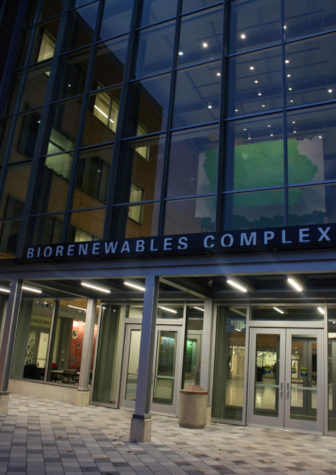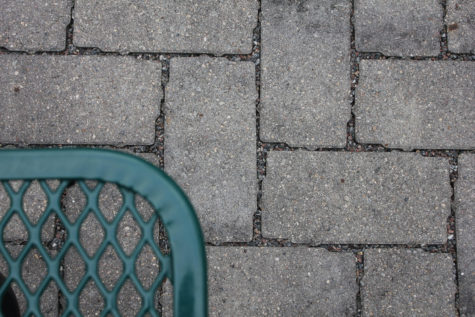Recycle textbooks to go green this semester
January 13, 2012
The semester is underway, and students are rushing to the bookstore and printers each day to get necessary back-to-school items. Many of these items, such as notebooks, printed syllabi, daily PowerPoint handouts and textbooks, carry a high environmental impact due to the paper needed to make them.
Merry Rankin, director of sustainability at Iowa State, offers a number of sustainability tips for students on the Live Green website.
“Think before you print. Do you really need to have a hard copy of whatever it is that you are printing? … If you do find that a paper copy is needed, be proactive in your printing style. Set your printer to print double-sided, thereby automatically reducing your paper consumption by 50 percent while not missing any of the information,” Rankin wrote.
Choice of textbooks is something to keep in mind as well. Purchasing a new textbook for every class over the course of 120 credit hours comes with a large impact.
“The average textbook results in the emission of 10.2 kg of CO2, more than double that of a typical softcover book,” reported a study on textbooks’ impact, authored by Emma Ritch of Cleanteach Group LLG.
Old alternatives to the problem include renting, buying used and sharing textbooks with a fellow classmate. Each of these alternatives means your paper consumption will be reduced by at least 50 percent or more with each time it is recycled back into the system.
A newer alternative, e-books, are becoming more prominent. Services such as the Amazon Kindle can reduce your environmental impact, assuming you use it enough to cover the production costs. The Kindle, while already offering reduced pricing on books, also offers a rental program. Amazon.com states that you can rent from 30 to 360 days and save as much as 80 percent off of the print list price.









